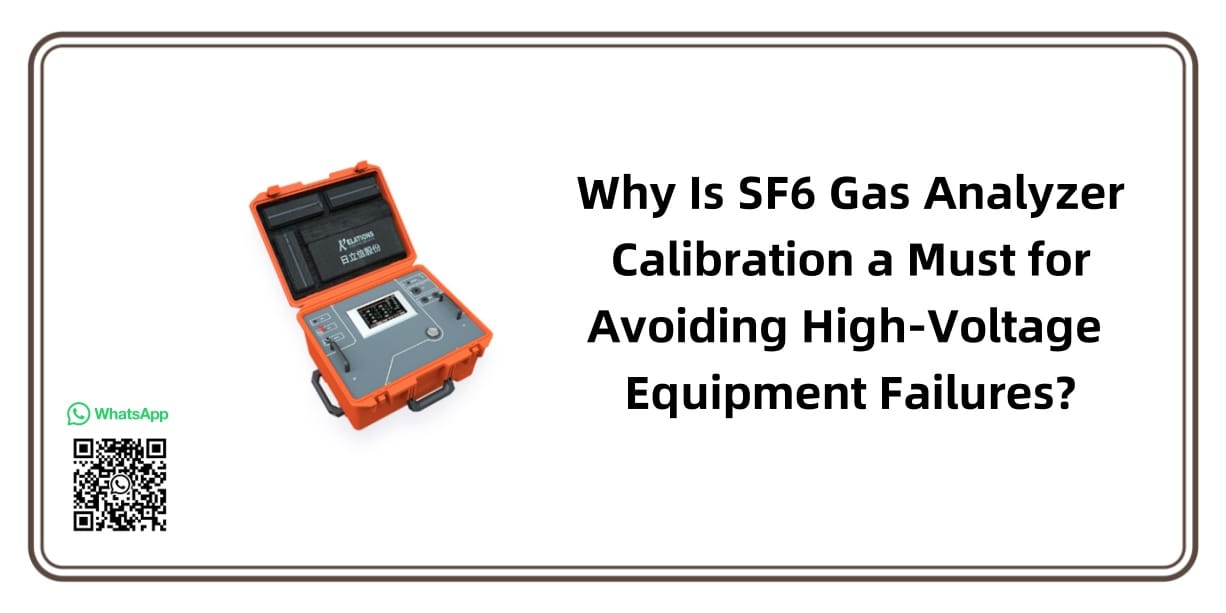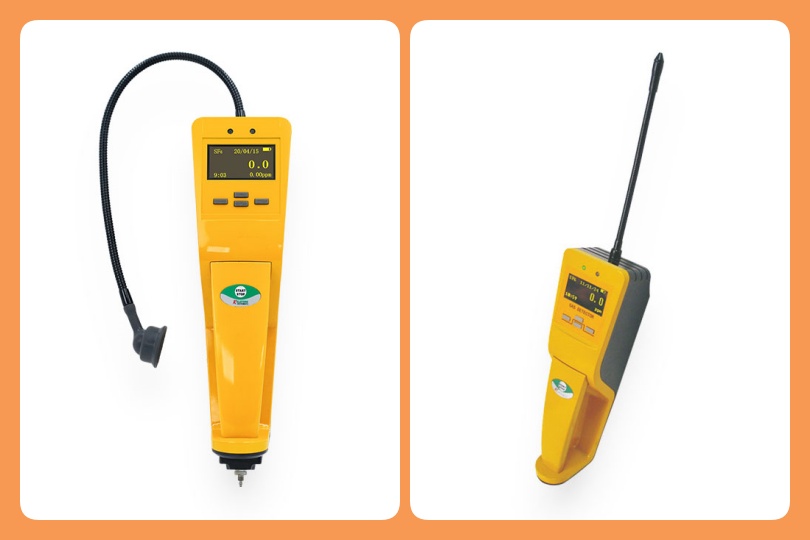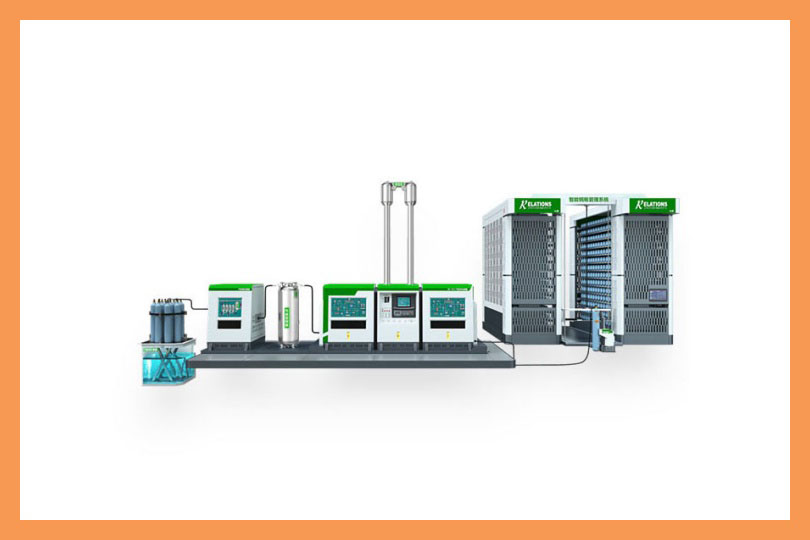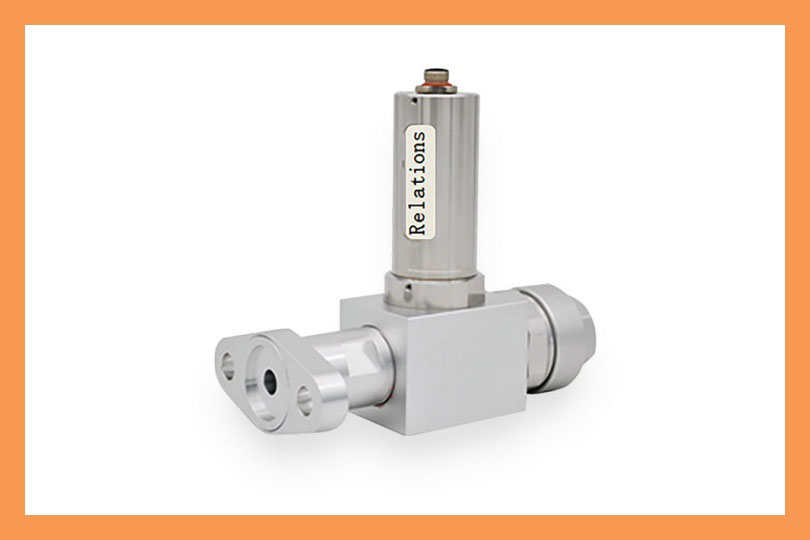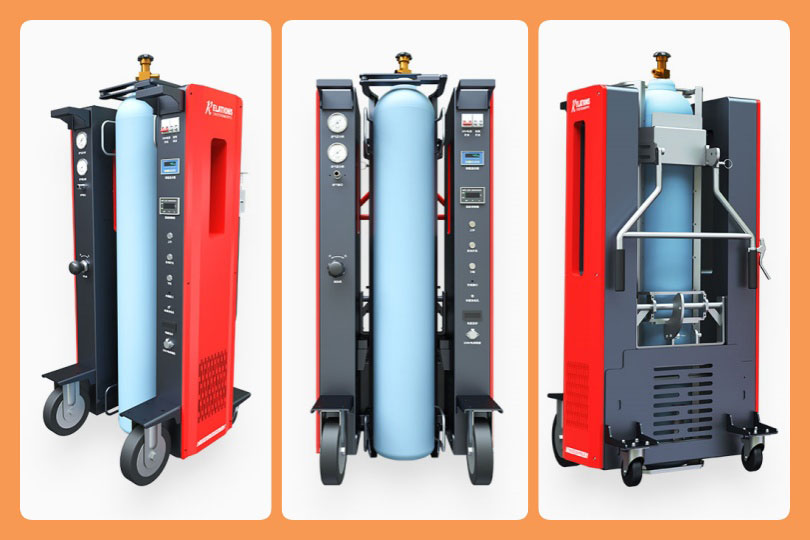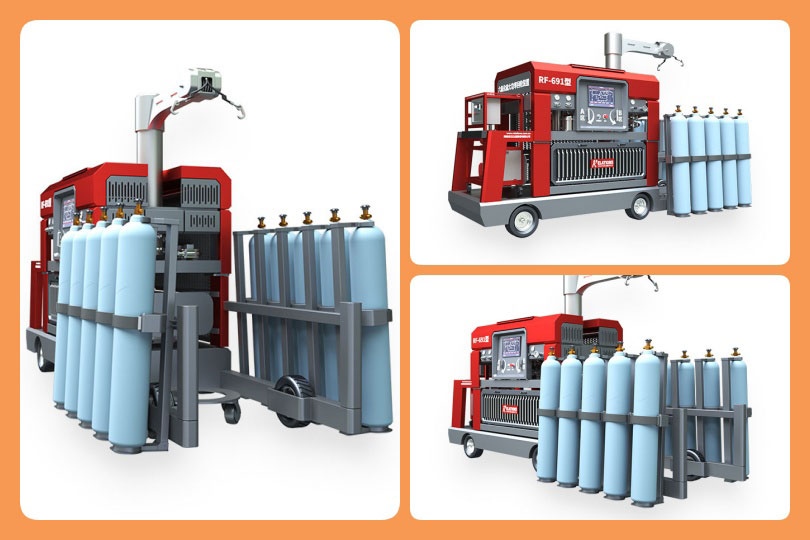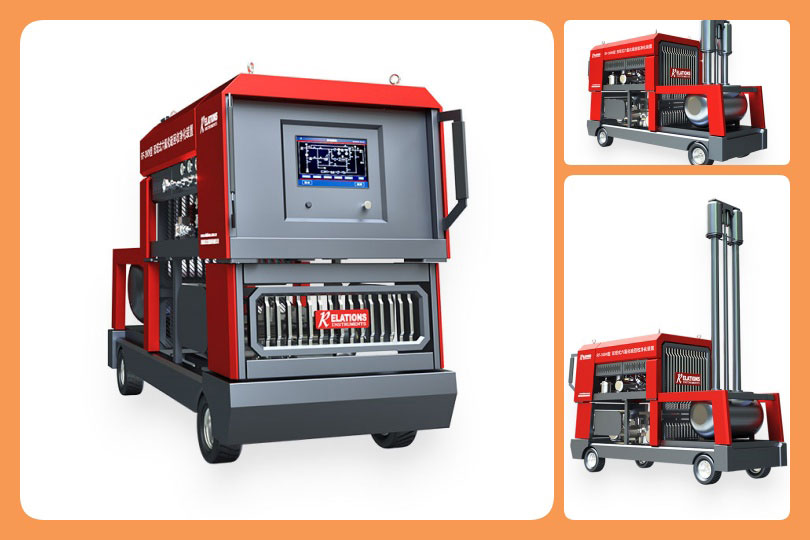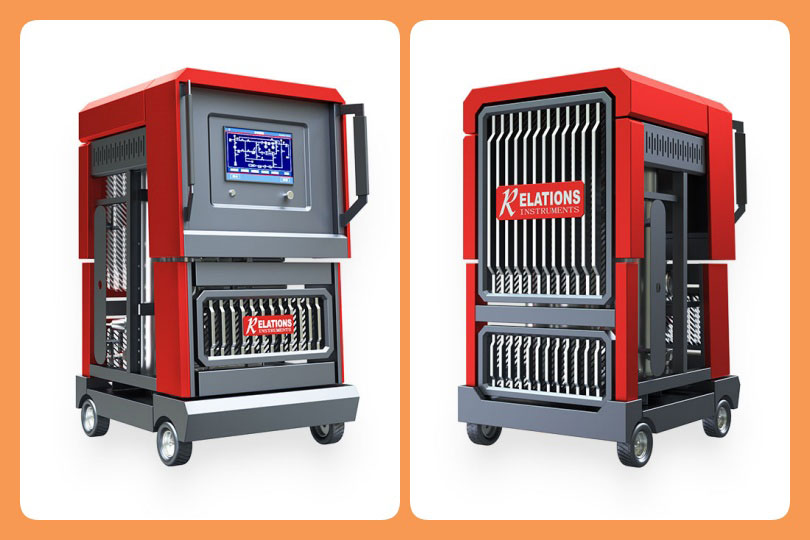Why Is SF6 Gas Analyzer Calibration a Must for Avoiding High-Voltage Equipment Failures?
Date
2025-09-02
[email protected]
Website
www.sf6gasdetector.com
Get Solutions And Quotes
Why Is SF6 Gas Analyzer Calibration a Must for Avoiding High-Voltage Equipment Failures?
SF6 (sulfur hexafluoride) gas is widely used in high-voltage electrical equipment—such as circuit breakers, transformers, and GIS (gas-insulated switchgear)—for its exceptional insulation and arc-quenching properties. However, the performance of SF6 gas analyzers, which measure parameters like gas purity, moisture content, and decomposition products, degrades over time. This is where SF6 gas analyzer calibration becomes non-negotiable: it guarantees reliable data, protects equipment from failure, and ensures compliance with global safety standards.
Why SF6 Gas Analyzer Calibration Is Essential
Without regular calibration, an SF6 gas analyzer may produce inaccurate readings, leading to costly and dangerous consequences:
Equipment Damage: Incorrect moisture or purity data could cause electrical breakdowns in GIS or transformers, resulting in unplanned outages and repair costs exceeding $100,000 in some cases.
Safety Risks: SF6 is a potent greenhouse gas, and leaks (undetected due to faulty analyzers) pose environmental hazards and violate regulations like the EU’s F-Gas Regulation.
Compliance Failures: Industries such as power generation and transmission must adhere to standards like IEC 60480 (for SF6 handling) and ANSI C37.122 (for switchgear). Uncalibrated analyzers often lead to failed inspections.
Calibration eliminates these risks by aligning the analyzer’s measurements with traceable reference standards, ensuring every reading is trustworthy.
Key Steps in SF6 Gas Analyzer Calibration
Professional SF6 gas analyzer calibration follows a structured process to maintain precision. Here’s a step-by-step breakdown:
Pre-Calibration Preparation
First, technicians inspect the analyzer for physical damage (e.g., cracked sensors, leaky hoses) and clean internal components to remove dust or residual SF6. They then verify the calibration gas—typically a certified mixture of SF6 with known levels of moisture (e.g., 50 ppmv) and impurities (e.g., 0.1% air)—to ensure it meets ISO 6142 standards for traceability.
Zero and Span Calibration
Zero Calibration: The analyzer is exposed to a “zero gas” (pure nitrogen or dry air with no SF6) to reset its baseline. This corrects drift in the sensor’s low-range measurements.
Span Calibration: The certified SF6 mixture is introduced, and the analyzer’s readings are adjusted to match the reference gas’s known values. For example, if the reference has 100 ppmv moisture but the analyzer reads 115 ppmv, the device is calibrated to align with 100 ppmv.
Performance Verification
After zero and span adjustments, technicians test the analyzer with a second reference gas (with different parameter levels) to confirm accuracy. They also check repeatability—taking 3–5 readings of the same gas to ensure consistency (variations should be ≤2% for most models).
Documentation
A calibration certificate is issued, detailing the analyzer’s model, serial number, calibration date, reference standards used, and before/after readings. This document is critical for audits and compliance.
Calibration Cycles and Industry Standards
The frequency of SF6 gas analyzer calibration depends on usage and environment, but global standards provide guidelines:
IEC 60567: Requires calibration at least once every 12 months for analyzers used in routine SF6 testing.
High-Duty Environments: Analyzers in dusty, humid, or high-temperature settings (e.g., outdoor substations) may need calibration every 6 months.
Manufacturer Recommendations: Brands like DILO, M&C, and ABB often specify calibration intervals based on their sensor technology—always cross-reference with these guidelines.
Skipping calibration can void manufacturer warranties and lead to non-compliance with regional regulations (e.g., the U.S. EPA’s SF6 emissions rules).
Common SF6 Calibration Issues and Solutions
Even with proper planning, calibration can hit snags. Here are three frequent problems and how to resolve them:
Inconsistent Readings: Caused by leaky gas lines or expired calibration gas. Solution: Replace worn hoses and use fresh reference gas (check expiration dates on cylinders).
Sensor Drift: Older electrochemical or infrared sensors may drift over time. Solution: Replace sensors if they fail span calibration (most sensors last 2–3 years).
Calibration Failure: If the analyzer cannot be adjusted to match reference values, it may have a faulty circuit board. Solution: Send the device to a manufacturer-authorized service center for repairs.
Choosing a Reliable SF6 Calibration Service
Not all calibration providers are equal. When selecting a partner for SF6 gas analyzer calibration, prioritize these factors:
- Traceability: The service should use calibration gases and equipment traceable to national metrology institutes (e.g., NIST in the U.S., PTB in Germany).
- Certifications: Look for ISO/IEC 17025 accreditation, which ensures the lab meets international quality standards.
- Industry Expertise: Choose providers with experience in electrical equipment—they understand the unique needs of SF6 applications.
- Turnaround Time: Opt for services that offer 3–5 day turnaround to minimize downtime for your analyzers.
SF6 gas analyzer calibration is not just a maintenance task—it’s a critical investment in equipment safety, environmental compliance, and operational efficiency. By following industry standards, adhering to recommended calibration cycles, and partnering with qualified providers, businesses can ensure their SF6 analyzers deliver accurate data when it matters most. Whether you’re managing a power substation or a manufacturing facility, regular calibration keeps your operations running smoothly and avoids costly mistakes.
For optimal results, schedule calibration at least 2–3 weeks before regulatory inspections, and keep detailed records of all calibration activities to streamline audits.
